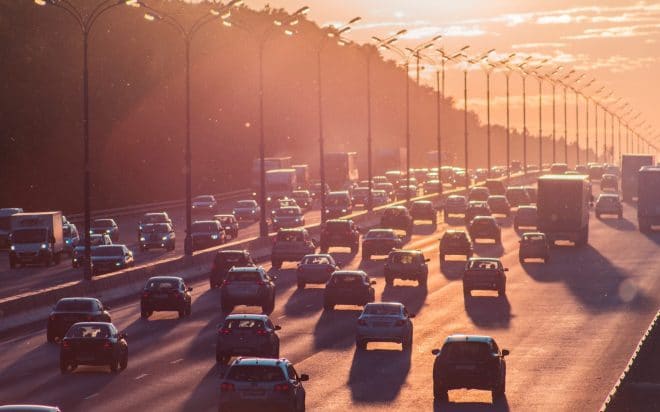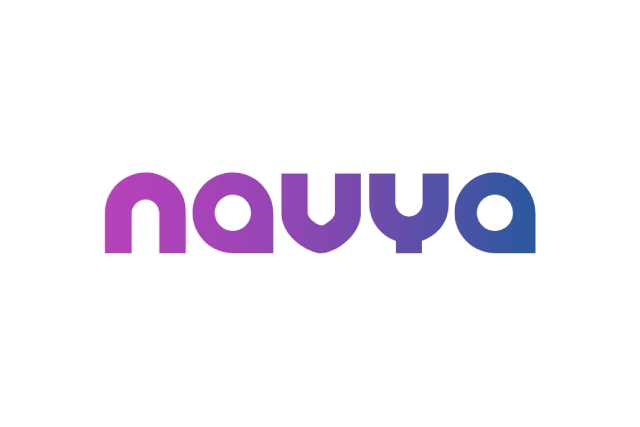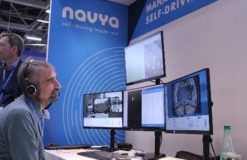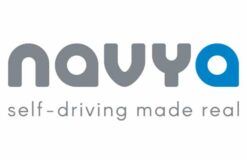
They are a source of stress in the motorists’ lives, and they also cause a serious environmental problem: traffic jams are among the most important issues of all cities in their urban planning strategies. To mitigate their magnitude, some initiatives have already proven they are successful. These few examples could well inspire other metropolises in which traffic is a constant difficulty …
Cars connected to each other to circulate easily
The Polytechnic University of Turin is specifically interested in connected cars, which could improve the traffic. For example, in some US cities, some Audi-branded vehicles interact with traffic lights, while they can also identify incidents in real time and communicate information such as speed and geographical location.
In addition to the use of this information to help motorists to favor less congested roads for example, the introduction of adaptive and connected speed controllers will make driving less abrupt, which will also reduce the famous “ghost traffic jams” due to too unexpected slowing down from the drivers. In the same field, a researcher at MIT claims to have developed a new algorithm to reduce the traffic jams that are created spontaneously. This algorithm uses distance radars related to speed regulator. When the distance with the previous vehicle becomes too short, the speed is automatically adjusted. According to this researcher, the algorithm was designed on the basis of so-called “damped wave” equations that explain how a wave gets damped in a dense liquid.

Are tolls at the entrances of cities a real solution?
This question, which has been mentioned several times in France, is really controversial because it affects the consumer portfolio. However, in some cities, the measure is already validated: the city of Stockholm works with dynamic tolls, which control both the number of inbound and outbound vehicles. Very concretely, this innovation has reduced traffic by 20%, shortened by a quarter the waiting time in the various intersections and reduced by 12% air pollution.
Even though this measure seems difficult to implement in cities like Paris, we work to improve the quality of citizens’ lives and reduce greenhouse gas emissions – without penalizing users too much. Indeed, the French government has committed, in the framework of the Grenelle Environment, to multiply by five the public transport networks across the country by 2030.
Lower speed on the road
This is also subject to many debates: the reduction of the speed to 80 km / h (instead of 90 km / h) on our national roads has had the merit of allowing the limitation of pollution, but also congestion. According to Inrix’s estimates, traffic jams decreased by 36% as a result of this measure.The Ademe, an agency for the environment and energy management, confirms the effectiveness of this kind of initiative: on certain portions of the motorway, the speed is sometimes lowered of 10 km/h in order to keep more fluid circulation (especially during crossover periods).
Remunerate drivers who avoid rush hour
On the principle of “Nudge Marketing”, Netherlands has decided to encourage virtuous behavior rather than penalize those who do not benefit from the ecosystem. Thus, users who have been refusing to take their car at peak times since 2010 are entitled to 3 € cash, or 3,50 € on a public transport card (which can represent up to 120 € in monthly earnings).As a result, traffic decreased by 5 to 10% in Rotterdam during peak hours. In the same context of incentive policies, many cities are putting in place more attractive and more adapted transports to the needs of consumers, such as free autonomous shuttles. Here too, this is an ecological and profitable solution for all, which makes it possible to increase the mobility offer, to limit the use of the car and to improve the living comfort of users.



